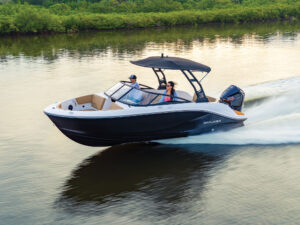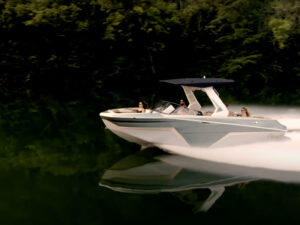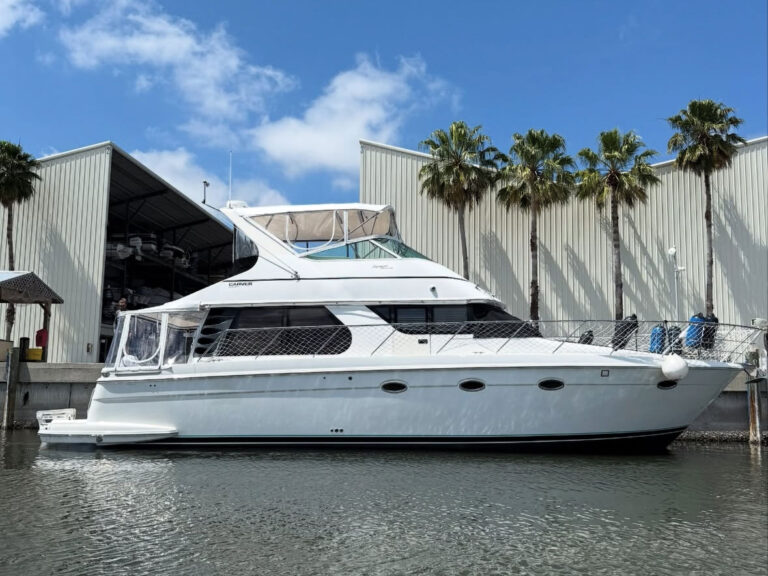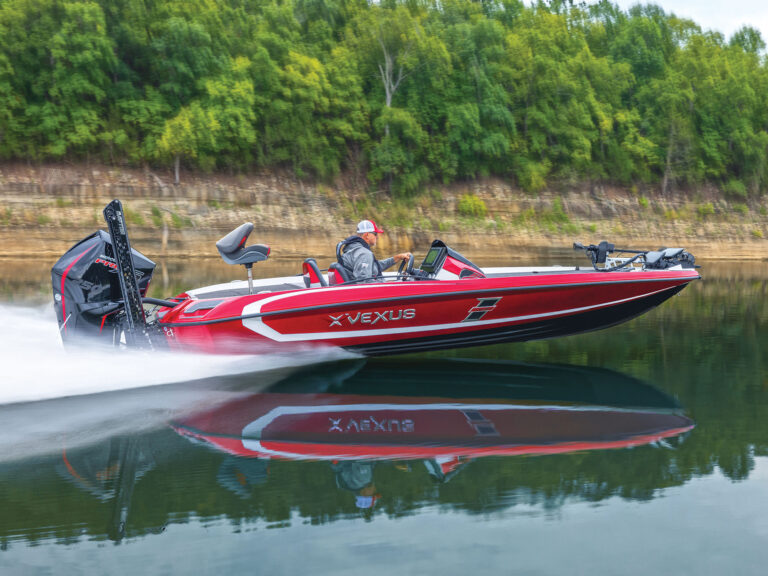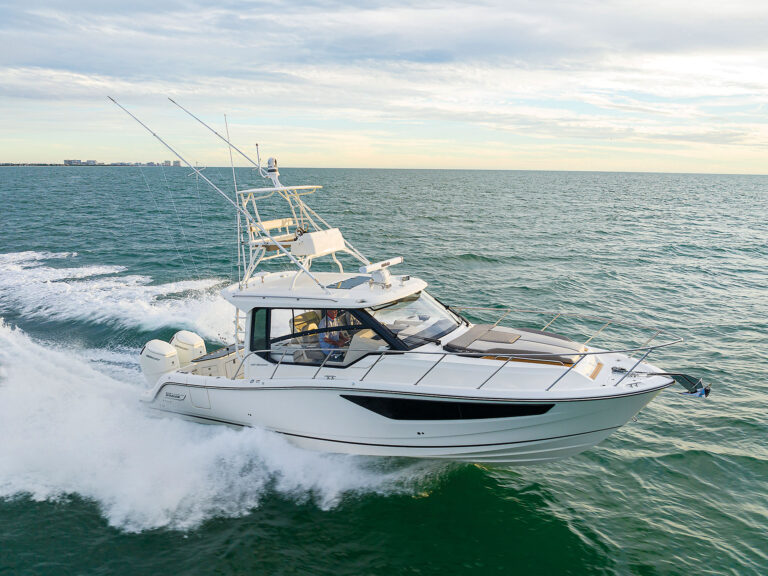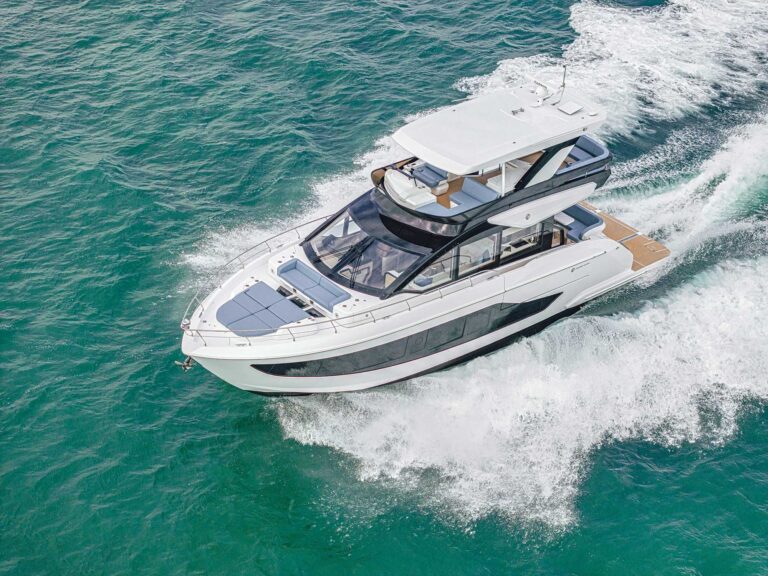Different technologies, an explosion of power-hungry electronics and a rise in onboard appliances that burn watts like wildfire make choosing a boat battery more complex than ever. To help keep this often mind-boggling purchase simple, here are some basic considerations to ponder before purchasing.
Groups
Battery “group” (i.e., 24, 27, 31, 34, 6D, 8D, etc.) refers to the battery’s physical size. All manufacturers build to group sizes, although slight dimensional variations allow for handles, post height, etc. Match the group size on the label to the physical space you have available.
Types
“Starting” batteries deliver short, high-amperage bursts of juice to spin the starter. These don’t like being deeply discharged. “Deep-cycle” batteries tolerate deep discharges (generally up to 50 percent) to power accessories and can be discharged and recharged many times before becoming scrap. “Hybrid” or “dual-purpose” batteries combine the qualities of both.
Output
“Cold cranking amps” (CCA) is the number of deliverable amps at zero degrees F for 30 seconds and is needed to determine starting suitability. “Marine cranking amps” (MCA) is basically the same as CCA but determined at 32 degrees F. “Reserve capacity” (RC) is the number of minutes a fully charged battery at 80 degrees F will discharge 25 amps until the battery drops below 10.5 volts and “dies.” “Ampere-hour” (Ah) is a rating referred to for deep-cycle or “house” batteries and is typically based on a 20-hour draw on a fully charged battery.
Technology
“Flooded-electrolyte” batteries are the old standby, delivering reasonable performance at a low price. They self-discharge at a high rate and require maintenance in the form of checking and filling the electrolyte (aka “acid”). “Absorbed glass mat” (AGM) batteries use fiberglass coils soaked in electrolyte so they can’t spill acid. They offer a slow self-discharge rate and more power in a smaller footprint than do flooded electrolyte batteries. All of this comes at a higher price.
Date Codes
Battery labels indicate the date of manufacture. The month is indicated by letters and the year by numbers. For example, “D2” denotes a battery manufactured in April 2012. Always buy the freshest one on the shelf.



